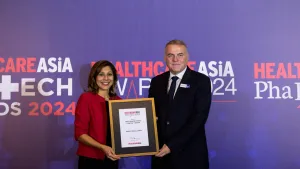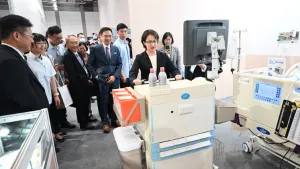
Top Chinese drug distributors grapple with tepid margins
Blame the two-invoice system.
Although top Chinese drug distributors’ revenue growth is expected to continue to outpace the industry average, companies face limited room for margin improvement as direct sales have already increased significantly under the “two-invoice system”, Fitch Ratings reported.
Leading Chinese pharma distributors' revenue from the distribution business increased strongly in H1, benefiting from their advantages in product range, access to capital and nationwide distribution networks. This was despite slowing drug sales growth since 2012 due to the government's control on medical insurance costs and falling drug prices, noted Fitch.
In particular China's top-four pharma distributors--Sinopharm Group, Shanghai Pharmaceuticals, China Resources Pharmaceutical Group, and Jointown Pharmaceutical Group--reported a combined average revenue growth of 16.9% during this period, up from 13.8% in 2018 and far exceeding national drug sales growth of 5.8% in H1. Their combined market share also climbed to 40% in the first six months of the year from 37.5% in 2018 and 35.8% in 2017.
But the four distributors also reported narrower profit margins, partly due to lower shares of higher-margin product in their sales, which outweighed the benefits of increased direct sales to hospitals and pharmacies after the implementation of the "two-invoice" system in which a maximum of two invoices can be issued across the pharmaceutical supply chain. The distribution segment gross margins of Sinopharm, Shanghai Pharmaceuticals and China Resources Pharmaceuticals declined and two of them saw weaker distribution EBIT margins. For example, Sinopharm's gross margin and distribution EBIT margin fell to 8.7% and 4.0% in 1H19, respectively, from 8.9% and 4.4% a year earlier.
Overall, Fitch Ratings expects Chinese drug distributors' margins to remain under pressure as manufacturers, facing declining prices, seek more favourable terms from distributors, who have weaker bargaining power along the value chain.
Distributors that shift towards higher-margin products and better operating efficiency would be more likely to withstand some of the margin pressure from drug price cuts in the future, noted Fitch.


















 Advertise
Advertise


